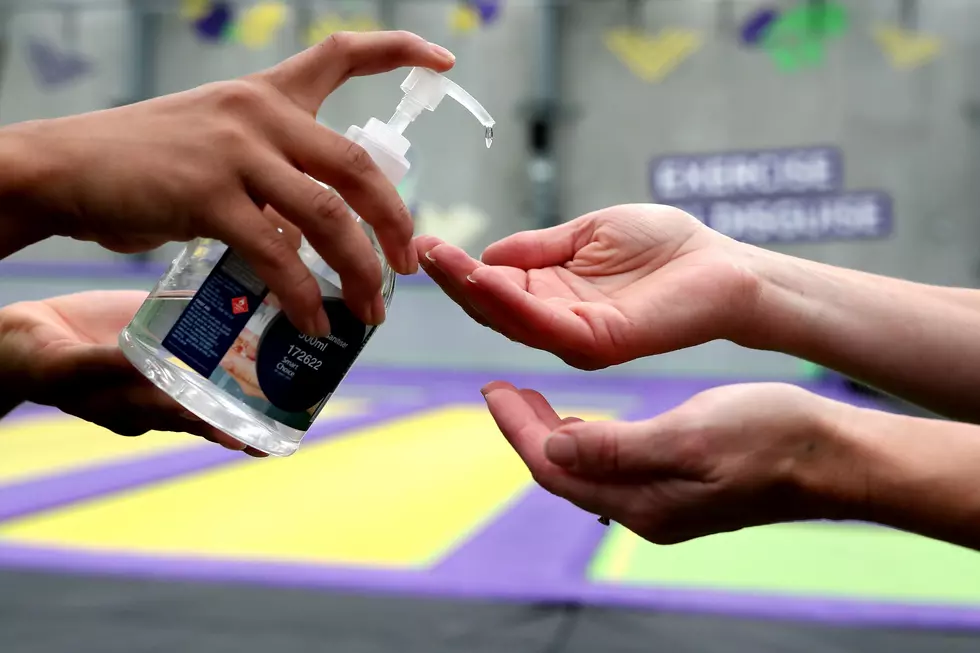
Xylitol is Toxic to Dogs – It’s In Some Peanut Butter and Other Common Products
Many of us know about chocolate being toxic to dogs, but did you know that xylitol is 100 times more toxic than chocolate for a dog? According to VCA Hospitals, it is.
Lafayette Veterinary Care Center did a Facebook post about Xylitol and how toxic it is to dogs. I was so glad I happen to see it and wanted to share the information with you. After doing some research, I found that it’s commonly used a sugar substitute. Lafayette Veterinary Care Center says that if you’re a pet owner, xylitol should be on your radar because if it’s ingested it can become life-threatening in less than one hour.
Xylitol is making thousands of dogs sick and even causing death, affecting more pets now than ever before, and it’s probably in your home right now. The Pet Poison Helpline confirms that cases of xylitol poisoning have increased dramatically in recent years.
In 2018 we received nearly 4,000 cases and now have more than 20,000 such cases in our database. - Dr. Ahna Brutlag, Pet Poison Helpline Director
Xylitol is a sugar substitute most often associated with “sugar-free” chewing gum and mints, but, it’s also found in plenty of other places, including some brands of peanut butter, toothpastes, certain medications and vitamins, many sugar-free products (such as chocolate, JELLO, yogurt, and pudding), and even some household products such as baby wipes and lip balm. A comprehensive list of products is available here.
What happens when a dog ingests xylitol? The dog’s pancreas confuses xylitol with real sugar and releases insulin to store it. The insulin removes real sugar from the bloodstream and the dog can become weak, and have tremors and even seizures starting within 30 minutes of eating it. Other symptoms of hypoglycemia include poor coordination and vomiting/diarrhea, according to Caroline Coilie, AKC Family Dog Nutrition & Health columnist. Liver failure, and sometimes death, can also happen and symptoms can take up to eight hours to show up. Even a very small amount of xylitol can be fatal, especially in a small dog. If your dog does happen to eat xylitol, your veterinarian may need to stabilize it’s blood sugar, give intravenous fluids, and possibly other treatments.
Since peanut butter is a great treat for our pups, always read the ingredients before offering it to your dog to make sure it doesn’t have xylitol, because some brands are using the sugar substitute to sweeten their product. Buzz words on the label that are related to sugar, such as “reduced sugar,” “diabetic-friendly,” “cavity-free,” or “no sugar added,” are a red flag. Also keep things like gum, candy, mints, and purses out of reach. Also, put your household products that contain xylitol in a place where your dog can’t reach them.
Be prepared and know what to do if you think your fur baby may have eaten something with xylitol in it. Contact your veterinarian immediately no matter how small the amount. You can always call the Pet Poison Helpline (855-764-7661). It’s actually a really good idea to have those numbers in a visible and easy-access spot in your home for any pet emergencies.
While we're on the subject, there are some human foods that can be toxic for dogs. If you're wondering what human food is ok for your dog to eat, check out the list below.
Can Your Dog Eat This? 9 Common Foods You Should Know About
More From Hot 107.9








![Here’s What Happens In Your Stomach When You Swallow Gum [Video]](http://townsquare.media/site/35/files/2018/03/gum.jpg?w=980&q=75)
